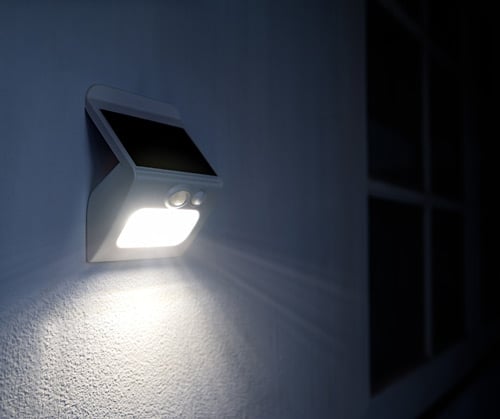Your Cart is Empty

How Many Lumens Do I Need For An LED Work Light
Listen to article
Audio generated by DropInBlog's Blog Voice AI™ may have slight pronunciation nuances. Learn more
When it comes to choosing an LED work light, one of the most important considerations is the amount of light it produces, which is typically measured in lumens. Lumens refer to the total amount of visible light emitted by a light source, and the number of lumens you need for an LED work light will depend on the type of work you are doing and the size of the area you need to illuminate.
As a general rule of thumb, the recommended range of lumens for a work light is between 1000 and 5000 lumens. However, this range can vary depending on the specific application.
For detailed work or inspection tasks that require high accuracy, such as electronics or automotive repairs, you will need a work light with at least 1000-2000 lumens. This level of illumination will provide sufficient light to see small details clearly, without creating glare or shadows that could interfere with your work.
For general-purpose lighting in a workshop or garage, you may need an LED work light with 2000-4000 lumens. This level of illumination will provide a bright and even light source, allowing you to see clearly and work comfortably for extended periods of time.
For outdoor work, such as construction or landscaping, you may need an LED work light with 3000-5000 lumens to provide enough illumination in a large area. This level of brightness will help you see clearly in low-light conditions and ensure your safety while working in potentially hazardous environments.
It's worth noting that lumens are just one factor to consider when choosing a work light. Other factors such as the beam angle, color temperature, and CRI (color rendering index) can also affect the quality of light and the effectiveness of the work light for a particular task.
The beam angle refers to the width of the light beam and can vary depending on the type of work light you choose. A narrower beam angle can provide more focused illumination for specific tasks, while a wider beam angle can provide broader coverage for larger areas.
Color temperature refers to the color of the light emitted by the work light and is measured in Kelvin (K). A higher color temperature, such as 5000K or above, will produce a brighter and whiter light, while a lower color temperature, such as 3000K or below, will produce a warmer, more yellow light.
CRI (color rendering index) measures the ability of a light source to accurately render colors compared to natural sunlight. A higher CRI indicates that colors will appear more true-to-life, which can be important for tasks that require accurate color perception, such as painting or photography.
In conclusion, the amount of lumens you need for a work light will depend on the specific application and the size of the area you need to illuminate. When choosing a work light, consider not only the number of lumens but also other factors such as the beam angle, color temperature, and CRI to ensure you have the right lighting solution for your needs. With the right work light, you can work comfortably and safely, and achieve the best possible results for your projects.





